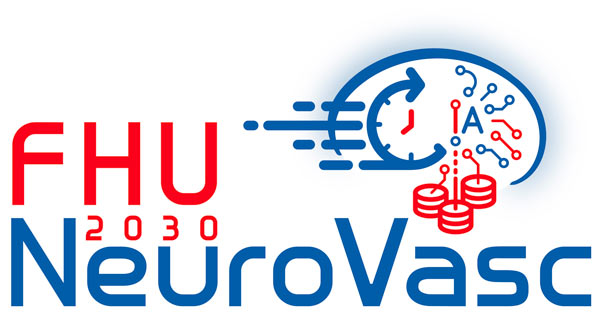Nous améliorons votre expérience !
Notre site web est actuellement en cours de mise à niveau avec de nouvelles fonctionnalités conçues pour vous donner plus de contrôle. Nous vous remercions de votre patience pendant que nous apportons les touches finales à ces améliorations.
We’re taking your experience to the next level!
Our website is currently being upgraded with exciting new features designed to empower you.
We appreciate your patience as we put the finishing touches on these enhancements.


